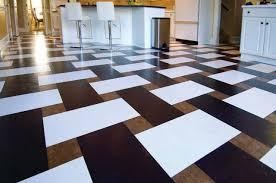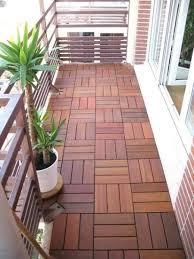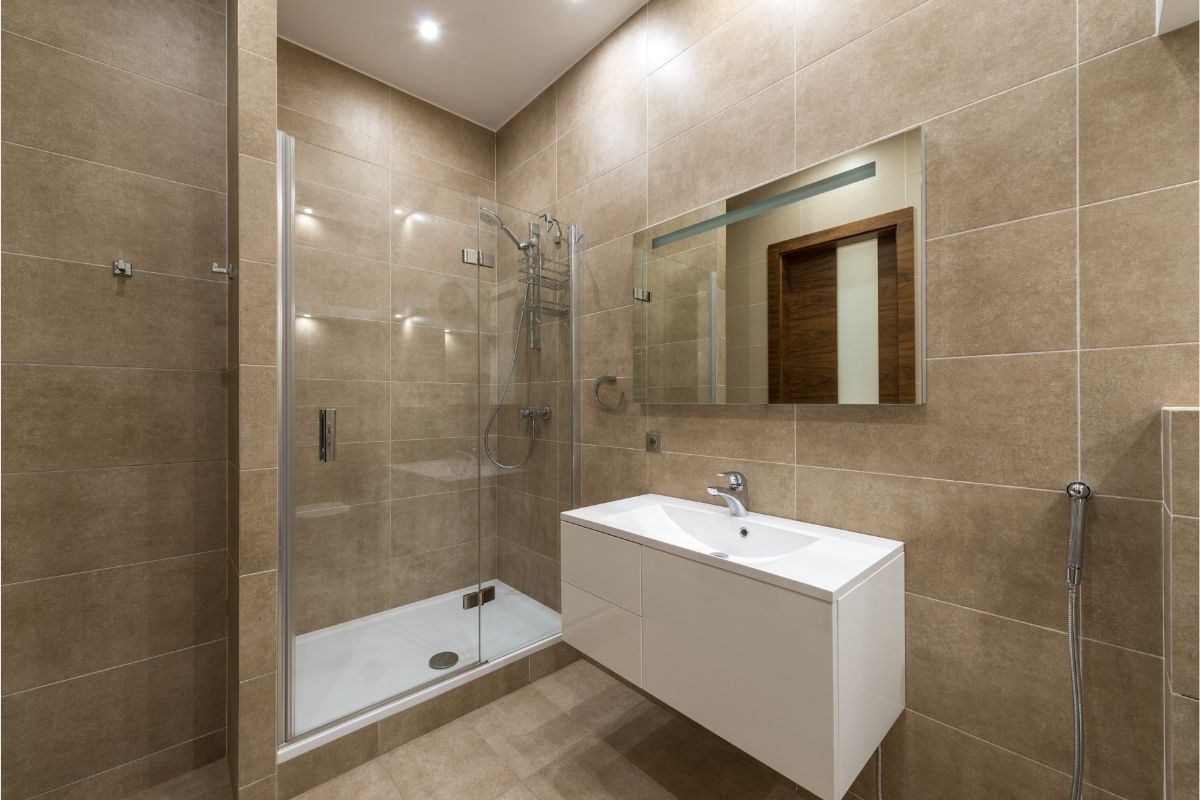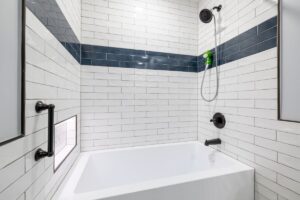
The ceramic floor tiles family is comprised of several varieties of ceramic floor tiles, all of which have ceramic tile’s easy-cleaning properties. Each of the tile subsets is manufactured somewhat differently, and as a result, may provide extra benefits that are advantageous for particular applications.
“Ceramic tile” (non-porcelain ceramic floor tiles surfaces such as quarry floor tiles, regular ceramic tile, pressed floor tile, and wall tile) and “porcelain tile” (porcelain tile surfaces) all offer aesthetic and functional advantages over a wide variety of nonceramic surface options, including resistance to water, stain, and scratch. When these advantages are combined with ease of care, you have a great surface choice from floor to ceiling, indoors and out, with alternatives suitable for varying degrees of usage (residential to heavy industrial).
With these simple cleaning instructions, you may spend less time cleaning and more time appreciating your gorgeous porcelain and ceramic floor tiles surfaces.
Low-Maintenance Care
Easy care begins with an awareness of porcelain and ceramic tile’s various low-maintenance and sanitary benefits:
Resistance to germs: Porcelain and ceramic floor tiles surfaces are unfriendly to bacteria and other microorganisms such as mold development.
Antimicrobial: Antimicrobial options are available that may inhibit and even eliminate hazardous microorganisms such as mold, fungus, bacteria, and viruses. learn more about professional floor tiling for your home at http://www.ecosenselandscaping.com/how-to-prepare-your-home-professionally-for-floor-tiling/
Hypoallergenic: In addition to being allergen-free, porcelain and ceramic floor tiles surfaces are impervious to environmental allergens such as dirt, dust, dust mites, and pollen.
Resistant to water: All-porcelain and ceramic floor tiles are resistant to water. Additionally, porcelain is “impervious” to moisture, meaning it absorbs no more than 0.5 percent of its weight in water.
Simple cleaning: No harsh chemicals are required; often, water alone is sufficient.
Resistance to stains, scratches, scrapes, dents, and cuts: Porcelain and ceramic floor tiles surfaces are very resistant to stains, scratches, scrapes, scrapes, dents, and wounds. Dirt often collects in tiny gaps created by nonceramic material degradation.
How to Clean Ceramic and Porcelain Floor tiles
Porcelain and ceramic floor tiles surfaces are simple to maintain due to their many easy-care qualities.
You are the best judge of how often to clean, whether it is once a week, twice a week, or even daily — after all, it is dependent on the amount of foot traffic in your home, how much you use a space, and if you have any messy people or pets. The location and usage of a surface — such as flooring, a countertop, or bathroom floor tiles — also dictates when it should be cleaned.

All that is required for routine mild cleaning of porcelain and ceramic surfaces is the following:
Sweep away dust, crumbs, and other debris that have gathered since your previous cleaning. Sweep or clean any throw rugs at this time. Simply wipe away crumbs if you’re cleaning a porcelain or ceramic floor tiles counter rather than flooring.
Wipe with clean water: Wipe with clean water next. That’s correct, only using water to clean lightly dirty porcelain and ceramic floor tiles surfaces is sufficient. There is no need for harmful chemicals! If you prefer to mop your flooring, make sure to sweep away any debris first and use a flat mop rather than a sponge mop to avoid forcing filthy water into the grout lines.
Dry completely: After wiping with water, either air-dry or with a microfiber cloth, fully dry (a dry flat mop is great as well).
How to Clean Porcelain and Ceramic Tile Thoroughly
Sweeping and wiping with water may not be sufficient to clear up all of life’s messes. Similarly, frequent thorough cleaning is a necessary component of every house cleaning plan.
Deep cleaning entails substituting a cleaning solution for water. Consider that you are already familiar with cleaning and disinfecting. According to a recent survey conducted by the Centers for Disease Control and Prevention (CDC), one-third of Americans clean improperly, so pay attention: The finest porcelain and ceramic floor tiles cleaners are ones that are designed specifically for tile and grout. That makes sense, doesn’t it?
If a tile-specific cleaner is not available, seek a pH-neutral or slightly alkaline cleaner, such as Spic and Span or Mr. Clean. Avoid using oil- or wax-based cleaners on your surfaces since they create a residue that may collect dirt more quickly. Scroll down for additional information on the various sorts of cleaners and what is suggested.
Additionally, a little elbow grease may be all that is required to remove difficult-to-remove spills and stains. Scrubbers made of plastic or nylon are ideal for these situations.
After cleaning, carefully rinse with clean, clear water to eliminate any residue from the cleaner. Otherwise, residue will collect dirt and may diminish the look of your surface. It is critical to use clean water to rinse the surface, therefore refill your bucket with freshwater rather than reusing filthy rinse water.
Allow your surfaces to air dry or wipe with a clean, dry mop or towel.
How to Remove Bacteria from Porcelain and Ceramic Floor tiles
We may now be more concerned than ever with cleaning our surfaces. Porcelain and ceramic floor tiles surfaces do not need harsh cleaning chemicals, which is beneficial for those of us who want to keep these things out of our kitchens. However, the use of stronger disinfectants on an as-needed basis will not dull or harm porcelain or ceramic tile, as may be the case with a variety of other nonceramic surface materials.
When determining which disinfectant to use, consult the Environmental Protection Agency’s (EPA) list of registered disinfectants, keeping in mind that certain disinfectants may be more effective against particular bacteria or viruses. After washing, properly rinse away the suds to avoid residue drying on your surfaces.
Always follow the label’s directions for safe usage while cleaning with disinfectants and chemicals, which include providing enough ventilation and wearing gloves.
How to Clean Porcelain and Ceramic Floor tiles with Textured Surfaces
Are you a fan of textured floor tiles? If you’re unsure whether or not your floor tiles is textured, just reach out and touch them! Textured floor tiles may have a three-dimensional surface, creating the illusion of rising and descending slopes, angles, ridges, and other convex and concave regions.
Cleaning textured floor tiles are similar to cleaning standard porcelain and ceramic surfaces, with a few additional steps:
- Sweep in two ways: first in the direction of the floor tiles and then diagonally.
- Mop, wipe, or scrub in the same two directions. Scrubbing with a brush is more effective than wiping with a towel on highly textured or rough floor tiles.

